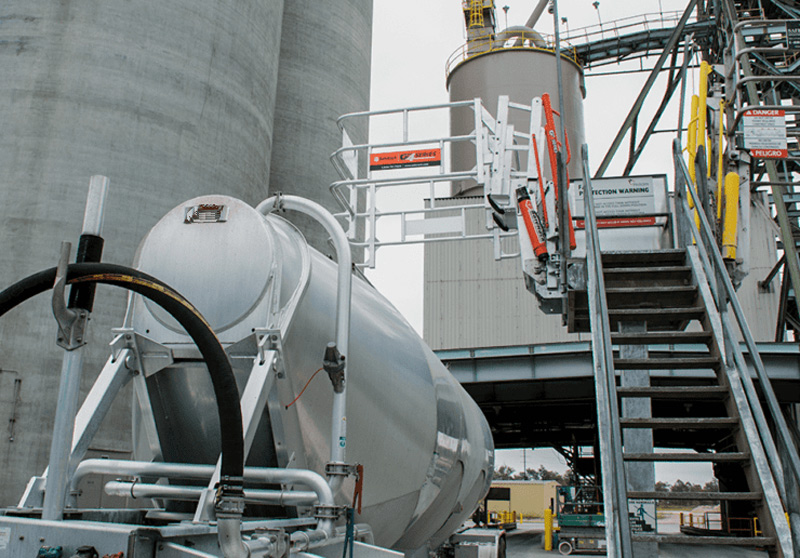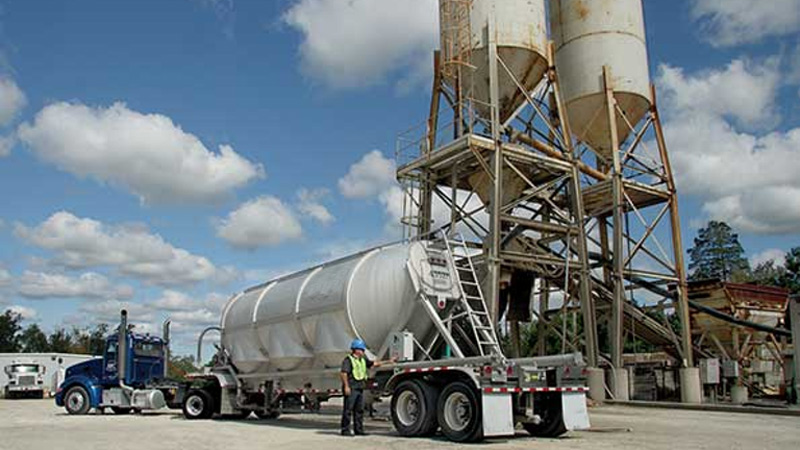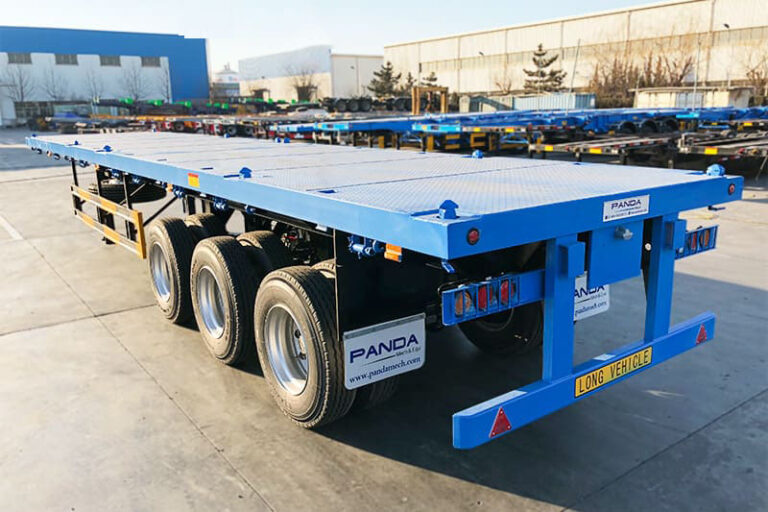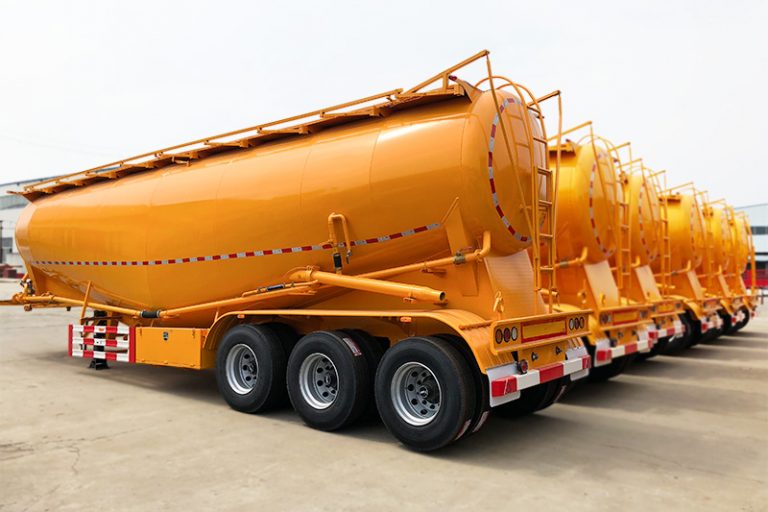What is Pneumatic Tank Trailer?
What is pneumatic tank trailer?
The pneumatic tank trailer is the main part of our road transportation. Simply put, pneumatic tank trailer transports some powdery materials to cement plants, construction sites and other places, and then unloads them through air compressors and pipelines, so as to improve transportation efficiency and save costs.

The pneumatic tank trailer (aka "dry bulk trailer") is basically a metal cylinder with a series of tapered hoppers at the bottom of the tank and a series of openings (or "manholes") on the top and back of the tank. At the bottom of each hopper is a valve that leads to a pipe extending below the trailer. When the shipper loads the truck onto the truck, these valves close. When unloading is required, the valve at the bottom of the tank is opened so that the product flows out of the hopper and enters the pipeline.
What are pneumatic trailers used for?
Whether your dry bulk transportation involves cement or sand, plastic pellets, flour, sugar, feed or ashes, pneumatic trailer can meet your needs. At the same time, PANDA vehicles can provide the size suitable for your transportation and pipeline discharge to help you Greatly improve transportation efficiency.
How long is a pneumatic trailer?
The pneumatic trailer dimensions: 8000-11500*2500*3800-4000 mm; 26.2-37.7*8.2*12.5-13.1 ft.

How to operate a pneumatic trailer
How to load a pneumatic trailer?
The correct way to load bulk trucks is to use an overhead hopper with an exhaust filter, which is filled pneumatically and there is a load below the hopper.

When loading from the top, the system will instruct you to pull the glide slope. Open the dome cover from the safety stand, or use the side ladder to climb to the top of the water tank.
The loading bellows is lowered into the hatch of the bulk truck, and the bulk truck is loaded by gravity.
Below the outlet of the loaded bellows, a rotating paddle-type liquid level switch is installed for safe liquid level detection.
How to unload a pneumatic trailer?
1. When using an air compressor to pump air, make sure that the material cover, butterfly valve, secondary air supply valve, and exhaust valve are closed.
2. Start the air compressor and start pumping air. When the air pressure rises to 0.2MPa, the butterfly valve can be opened to discharge the material.
3. Note that the secondary air supply valve should be opened first, and then the discharge butterfly valve should be opened.
4. In the process of unloading, the non-return valve will make a metal knocking sound, which is normal.

5. During the unloading process, you must always pay attention to the condition of the unloading barometer. The pressure must not exceed the specified air pressure value. The work of the safety valve must be sensitive and reliable.
6. After unloading, the manhole cover and the discharge disc valve must be closed, and there must be no compressed air in the tank during transportation.
7. In the process of unloading, if the pressure rises above the specified value, the safety valve starts to work. When this happens, the secondary air supply valve should be opened repeatedly to dredge the pipeline and reduce the pressure. If the pressure remains at the set pressure of the safety valve, it should be shut down immediately for inspection.
8. Don't stop arbitrarily during the unloading process, otherwise it is easy to cause blockage of the conveying pipeline.
9. If the clutch pedal is released immediately after turning on the power take-off control switch, it is easy to cause the power take-off to not engage in position and damage the equipment.
10. If the air compressor is started when the intake valve is closed, it will cause excessive pipeline pressure and damage the pipeline, air compressor, automobile gearbox, power take-off, and accidental high-pressure gas and parts may fly out and hurt people. .





